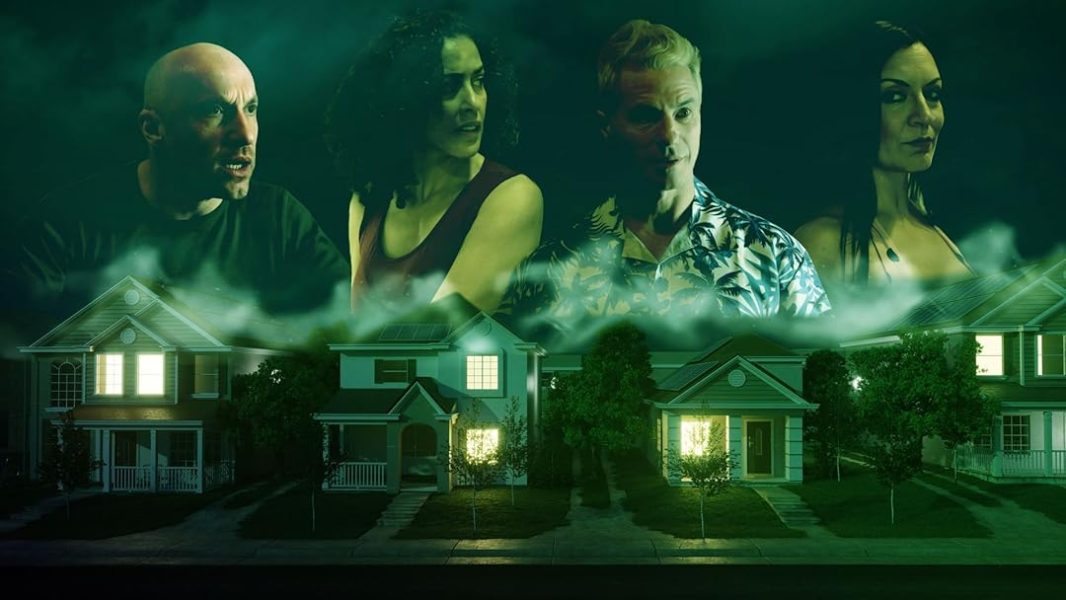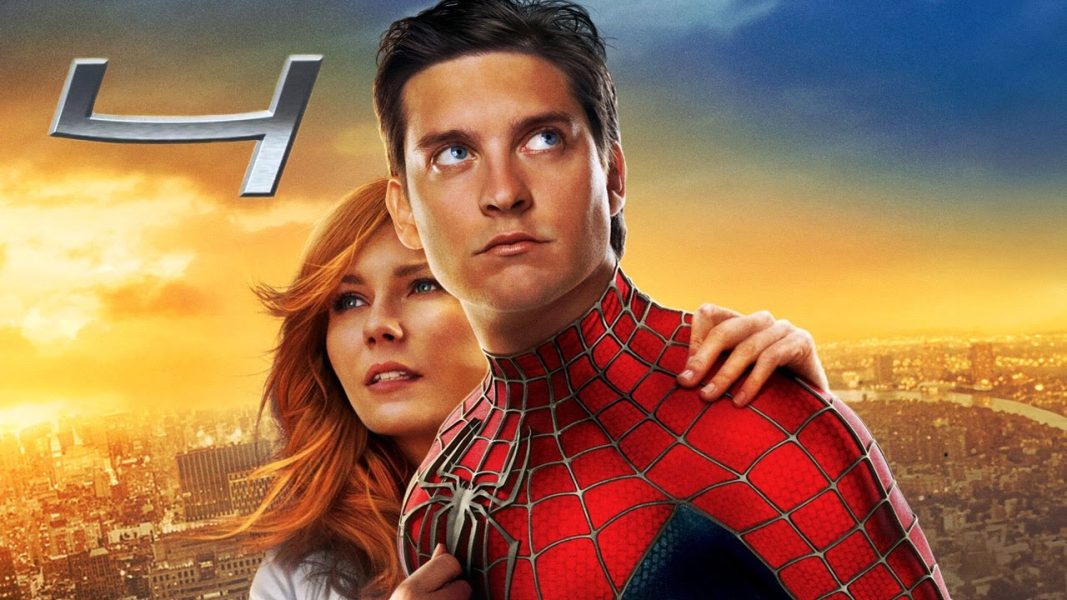CODA (2021): The Power of Disability Representation in Film

Like Academy Award ceremonies in the past, personal drama has taken center stage in the public imagination over the films that actually were awarded at the awards show. The big winner of the 94th Academy Awards was the film CODA, taking home Best Supporting Actor, Best Adapted Screenplay, and the coveted Best Picture award. It was the first movie produced and distributed by a streaming service (Apple TV+) to win Best Picture as well as—and far more importantly—the first movie starring predominantly deaf actors to win the award. I watched this movie over my winter break from college, and both my father and I agreed that it was the second-best movie of 2021 (we both thought that the best was The Mitchells vs the Machines, which you can read my review here).
A note on language in this review: whether or not to capitalize the “D” in the word Deaf is a distinction of medical vs cultural contexts. When describing the medical condition of hearing loss, deaf with a lowercase “d” is used. However, when talking about the culture of those who communicate primarily using sign language regardless of hearing ability, Deaf is the preferred term. This is important, as cultural Deafness includes children of deaf adults, aka hearing people who have deaf parents and are raised in a Deaf household with a sign language as their first language. Additionally, I will primarily be using identity-first language (“disabled person”) rather than person-first language (“person with a disability”). This is the language that I personally prefer using to describe myself, though that preference doesn’t necessarily represent all people, of course, and the choice of language is a personal one.
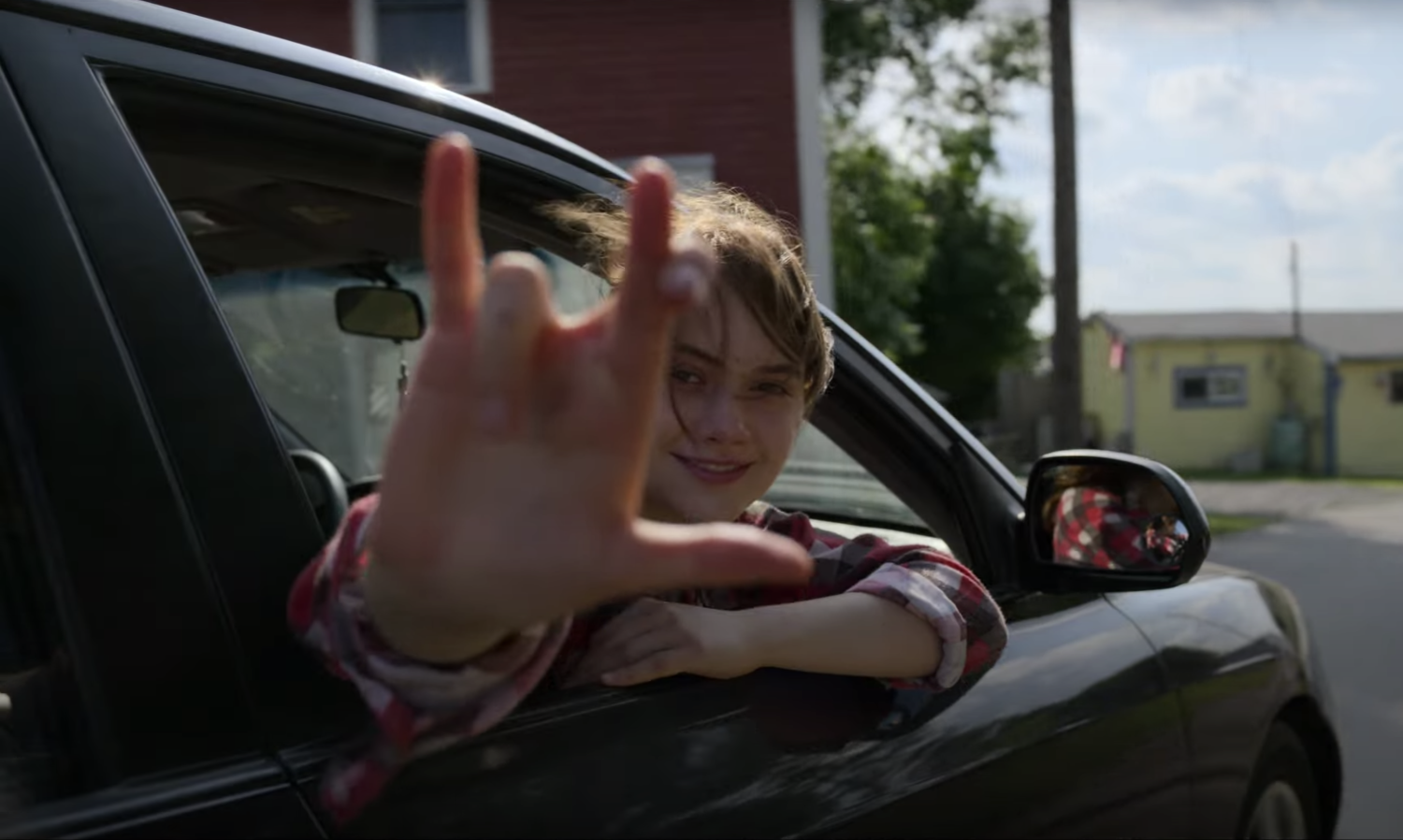
CODA is a film about a teenage girl, Ruby Rossi (Emilia Jones), who is a CODA, or child of deaf adults. She is the only person in her family who is hearing, as her father, Frank (Troy Kotsur), her mother, Jackie (Marlee Martin), and her brother, Leo (Daniel Durant) are all deaf. The Rossi family live in Gloucester, Massachusetts and is working-class, as Frank owns and operates a fishing boat for a living. There is pressure on Ruby to continue in the family business, especially because, as a hearing person, she’s needed to act as a translator for her family, but her true passion is for singing. As the story progresses, Ruby is pressured to choose between her family and her dreams.
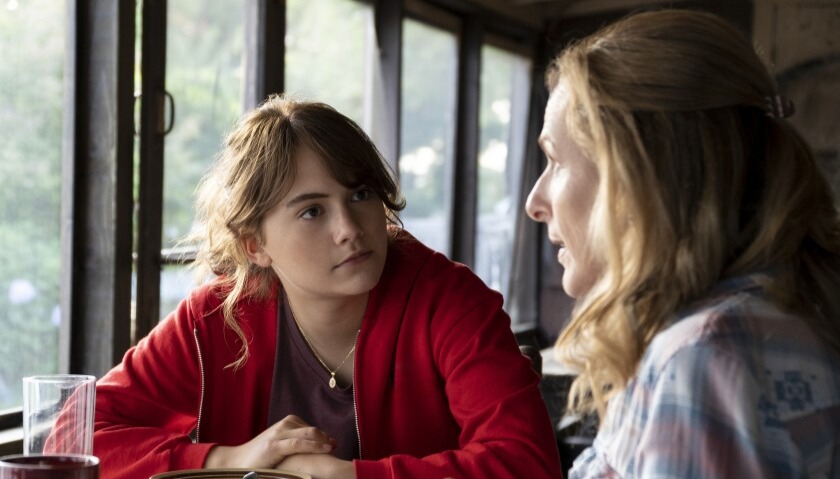
While the premise of CODA is rather basic, what really sets it apart from other coming-of-age films is the quality of its script and performances, especially the performances of the Rossi family. A good chunk of the script—about 40% according to director Sian Heder— is written in ASL with the assistance of two deaf collaborators, Alexandria Wailes and Anne Tomasetti. When ASL is spoken in the film, there are subtitles to translate it into English. A major misconception of those who do not know ASL is that there is a direct one-to-one correlation between it and spoken English. However, ASL is a separate language with different sentence structure and rules of grammar than spoken English. In fact, ASL has more in common with LSF (French Sign Language) than it does with BSL (British Sign Language) and Auslan (Australian Sign Language). The dialogue between members of the Russi family feels organic and genuine, like real family members talking to each other. The dynamic between the two siblings feels especially real; a deep love and caring hidden underneath snark and insults. Ruby’s romance with classmate and fellow music enthusiast Miles (Ferdia Walsh-Peelo) has the awkward candor of high school love, and it’s really fun to watch the two of them finally realize how they feel about each other.
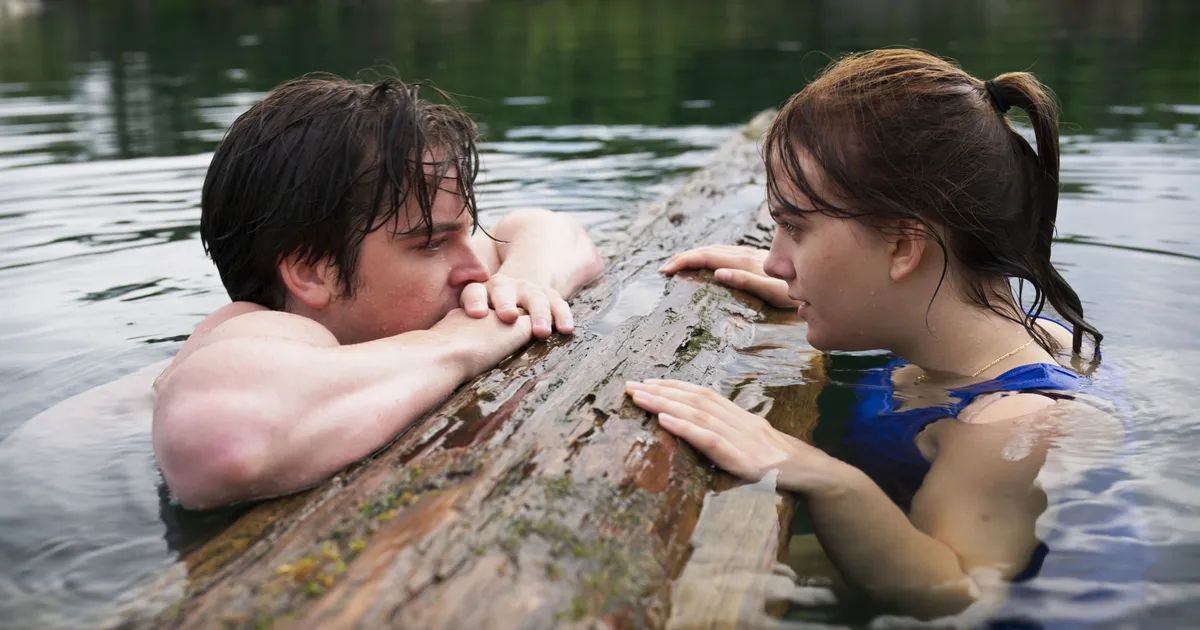
This bilingual script is truly brought to life by its performers, particularly Marlee Martin and Troy Kotsur. When it comes to watching a foreign language film with subtitles, even if you can’t understand the words you can still take in the passion present in a performance. Troy Kotsur’s performance of Frank Rossi was mind-blowing and had a realism to it that I didn’t know I needed until I saw it. Kotsur embodied a working-class father who cares deeply about his daughter but doesn’t quite understand the desires she has that are separate from her family’s. Despite the misunderstandings, he genuinely loves his children and his wife, and their relationship has a passion to it that can be lacking in Hollywood depictions of older couples. There are several moments in the movie where Frank starts shouting, and you don’t need to read the subtitles or understand ASL to see the passion in his body language and facial expressions. His Oscar win is unquestionably deserved. In terms of hearing actors, Emilia Jones shines as Ruby, but one performance that really stands out to me is Euginio Derbez as Mr. V, the choir director and Ruby’s mentor in singing.
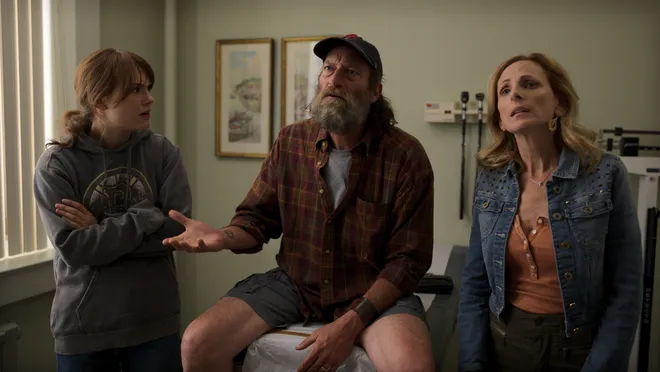
There is a quality present in disabled roles played by disabled actors that is lacking when those roles are played by able-bodied actors. No matter how much research or consultation the actor or director does (which frequently, when it comes to Hollywood productions about disability, is next to none), their performance will still be, in a way, inauthentic, simply due to that lack of lived experience. It’s only too easy for able-bodied actors performing disabled roles to fall back on stereotypes to inform their physical performances. All too often, when disabled people bring up this lack of representation, the response is that working with disabled actors would be “too difficult” (which, naturally, is shorthand for “we don’t want to put in the work required to make our production accessible for the kind of person that this story is ostensibly about”). Marlee Martin was the first actress cast in CODA, and she threatened to pull out of the production if Deaf actors weren’t cast in the film’s Deaf roles. She used her connections in Deaf West End to find talented Deaf actors who could bring those films to life, and I’m glad she did, as I don’t think CODA would be anywhere near as good without Kotur and Durant’s contributions.
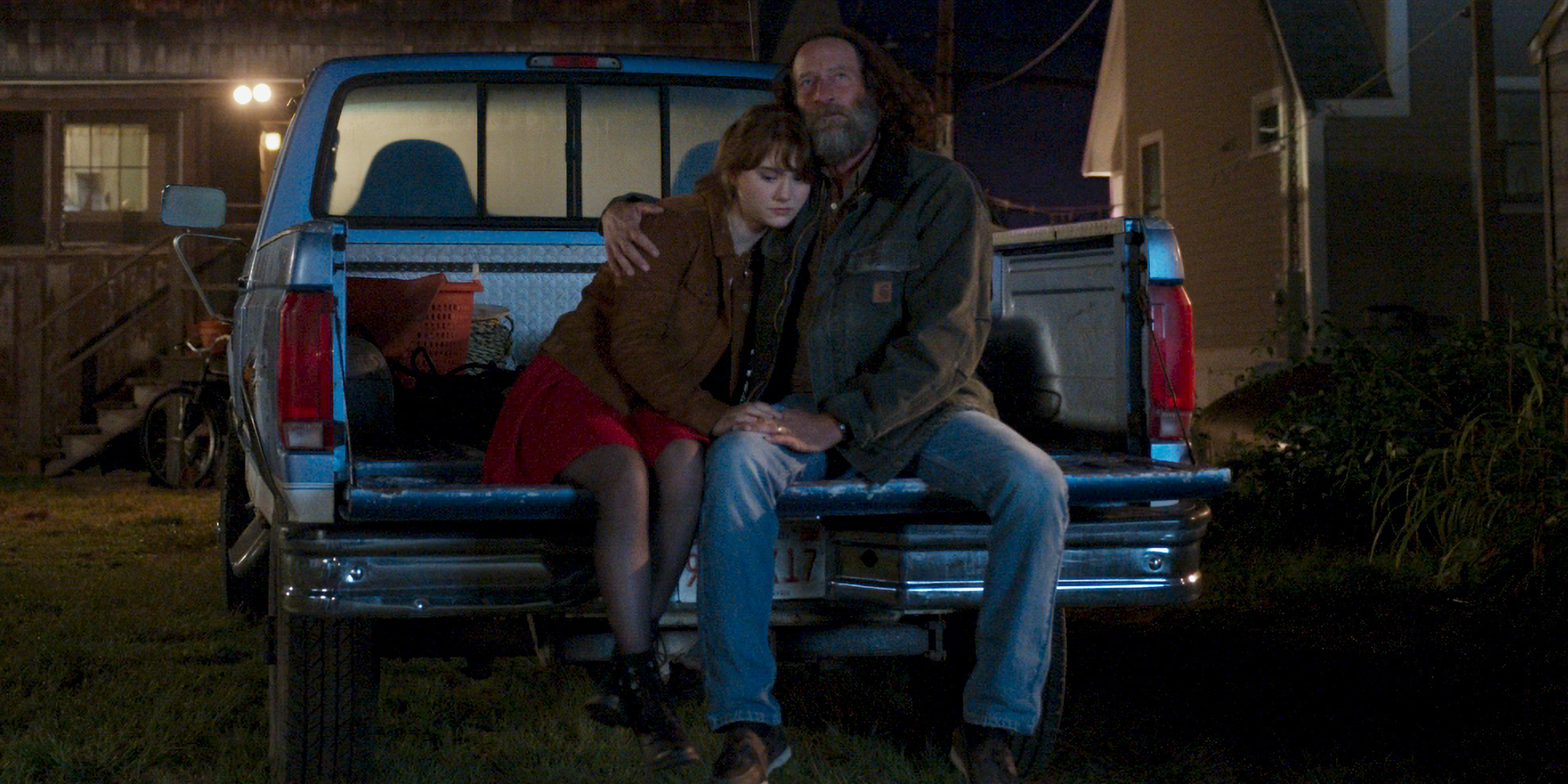
When talking about representation, however, I would be remiss to include the praise and critique of CODA from Deaf activists and reviewers. Certain aspects of Ruby’s need to be an interpreter for her family wouldn’t occur in real life due to the Americans with Disabilities Act requiring that an interpreter be provided at court hearings, for example. However, one thing reviewers agreed on was the importance of seeing Deaf characters that were treated as whole people rather than being defined by their deafness. The Rossis are allowed to be funny, passionate, caring, messy, three-dimensional characters with agency in the story, rather than simple props meant to inspire emotion in the people around them. That’s important when it comes to representation of all sorts of people, but disabled people have long gotten the short end of the stick when it comes to media representation. Social change and progress is rarely something linear, and for every step forward there are steps backwards as well. Disabled people have existed as long as people have existed, and fight for the rights of those with disabilities has been going on for some time. Even though 1 in 4 American adults have a disability, this isn’t reflected in our art. However, films like CODA are a step in the right direction.

